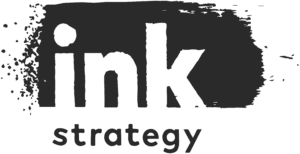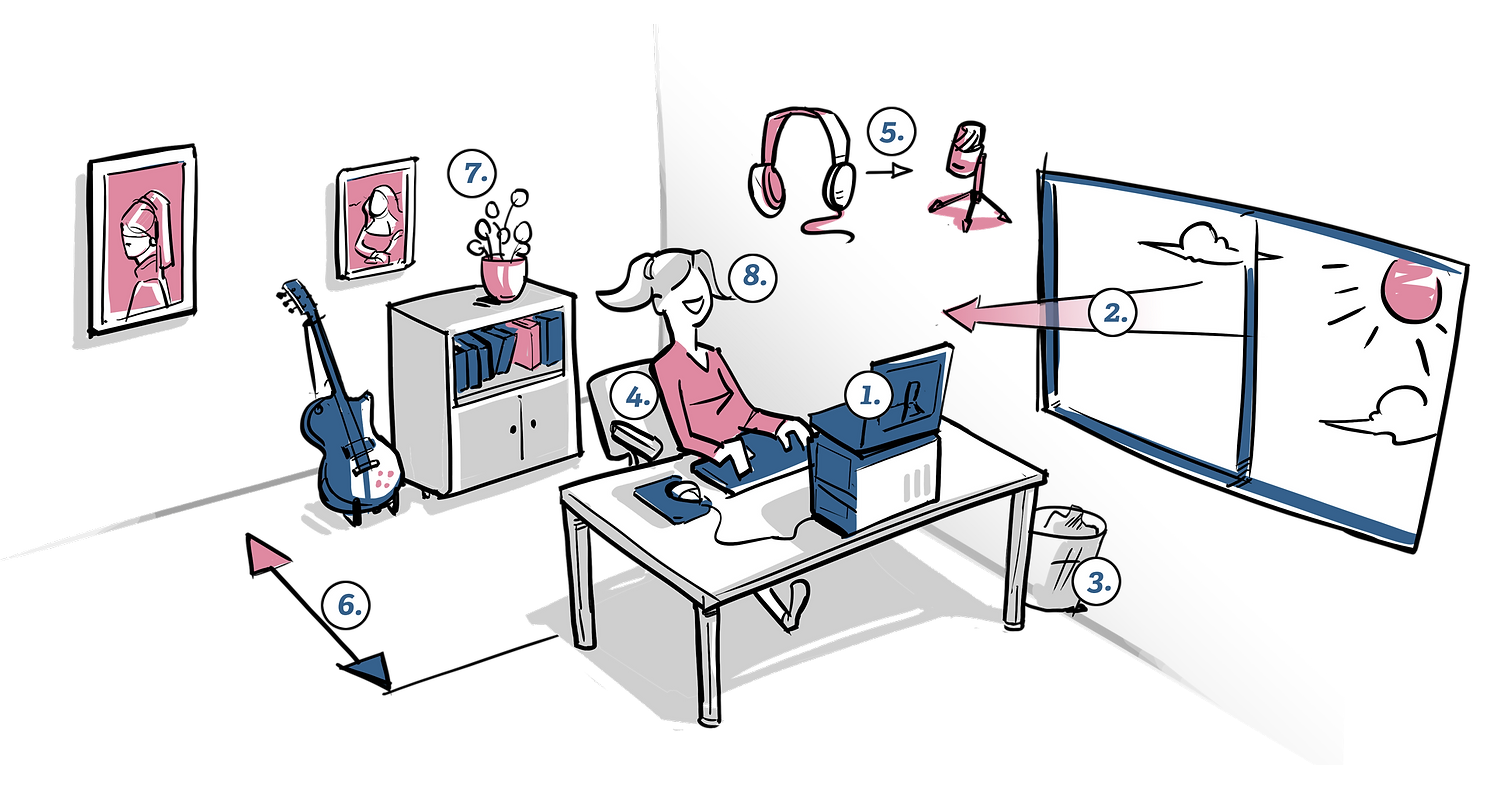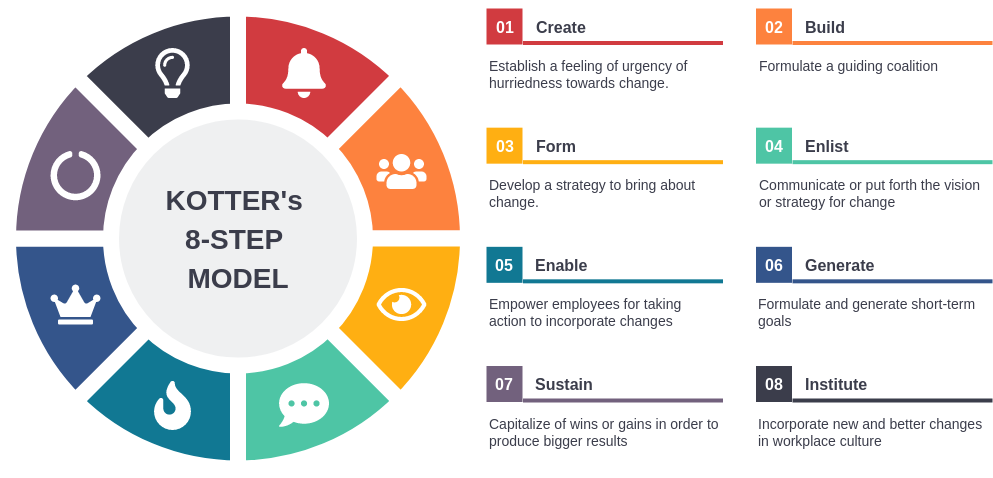Het lijkt erop dat remote meetings hier blijven. Lees meer over hoe je het maximale kan ha...
We often seek to describe an organisation in order to understand what and why something is happening. We build models, apply theories and sift through data in the quest to understand why a thing is happening. This analytical process is important because we are dealing with limited resources and decisions need to be made on where to focus energy to change.
However, this analytical quest to find the best explanation of the ‘why,’ we can lose sight of internal stakeholders and how we can best engaging them and their emotions. So what is the alternative to getting people onboard with change? Create a story that resonates with people. This is especially true in getting them on board and enthusiastic about envisioning the future.
The more effective we are in building emotional connections, the better the engagement and thus successful transformation.
Metaphors are a powerful way to inspire an audience because they help simplify complexity. Everyone has a different perspective on what is happening in an organisation. Metaphors capture a common understanding of high level aspirations. They help people zoom out, see the bigger picture and evoke quality conversations and creative exploration.
We’ve worked with hundreds of clients on change initiatives in the last decade. Change programs that used metaphors and storytelling to get the message across are ones that are most easily remembered years later. These programs were the ones that won prizes and continued to change behaviour long after the project scope had ended for us.
Here are a few key ingredients to successfully applying metaphors to your change initiative:
Finding a metaphor for change
Sometimes organisations already have existing metaphors that work – keep these and work with them. When stuff needs to change start brainstorming new ones to fit the needs.
Here are a few of the common metaphors we have seen;
Why metaphors work
They spark creativity and are fun
Metaphors are fun. A good metaphor that creatively explains a change program sparks curiosity and creativity. People laugh and rally around a playful metaphor hung up near the coffee corner.
Example 1
In a project for a large insurance company we developed a large-scale poster of their financial change program based on the factory metaphor. Each department was improving the efficiency of their work. After hanging up the poster the teams went out of their way to redecorate the office to match the chosen factory metaphor. Hanging up signs and putting stickers on the floor to mimic a factory floor experience. This all happened outside of the initial scope of the project.
Metaphors improve the quality of discussions
Getting lost in technical details of a change program is a common problem. A metaphor helps by introducing a new way to talk about the essence of the change program. Detailed execution documentation is still needed but a metaphor can help to steer conversations back to a common level of understanding.
Metaphors connect to subconscious emotions
Metaphors are everywhere in our lives. We can use them to re-frame a proposed solution into something more meaningful for the audience. The metaphor latches on to an already existing subliminal emotional connection nudging the audience to feel a certain way.
Metaphors break down silos
They inspire people to zoom out and check out how the story is structured around their colleagues in different departments. What does their visual look like? They start building metaphorical bridges between the departments. They inspire people to break down silos.
Example 2: For an international bank we introduced a fitting journey metaphor with a super-yacht sailing towards the horizon. The change program was on a journey through rough water representing the tough competition and macro environment. Each change track had its own contribution to the journey by, for example, improving navigation (strategy), revamping the engine (IT) and updating the customer experience (account manager). What was so powerful about the metaphor was that everyone in the program could identify exactly where they were on the resulting visualisation. Colleagues could see the impact of their own work on other departments and the interdependencies in their collective success.
Metaphors work across cultures
As organisations grow internationally crossing cultural borders, understanding change levers can be challenging. Metaphors help break down silos and connect everyone to a common change story.
How can I apply a metaphor in my work
Consider these actions in applying a metaphor.
- Read through the list of metaphors
- Identify which ones work for your change initiative
- Put other metaphors to the test to find out what works and what doesn’t
- Take the metaphor for a test drive and pinpoint the building blocks and how they correspond to your change
- Dive in detail different parts of the metaphor to make sense.
- Visualise the metaphor and hang it on the wall
- Discuss, iterate and co-create further
- Practice telling the story
- Implementing it on the work floor is how the power of the metaphor is unleashed.
Introducing a metaphor in your work can go a long way in getting your change initiative back on track ?
Get in touch with us and let us guide your organisation through the process.
Recente posts
Eén ding is zeker: onze wereld verandert voortdurend in een snel tempo. Om relevant te bl...
For most of us, work has become a centerpiece of our personality. What work we do is often...









